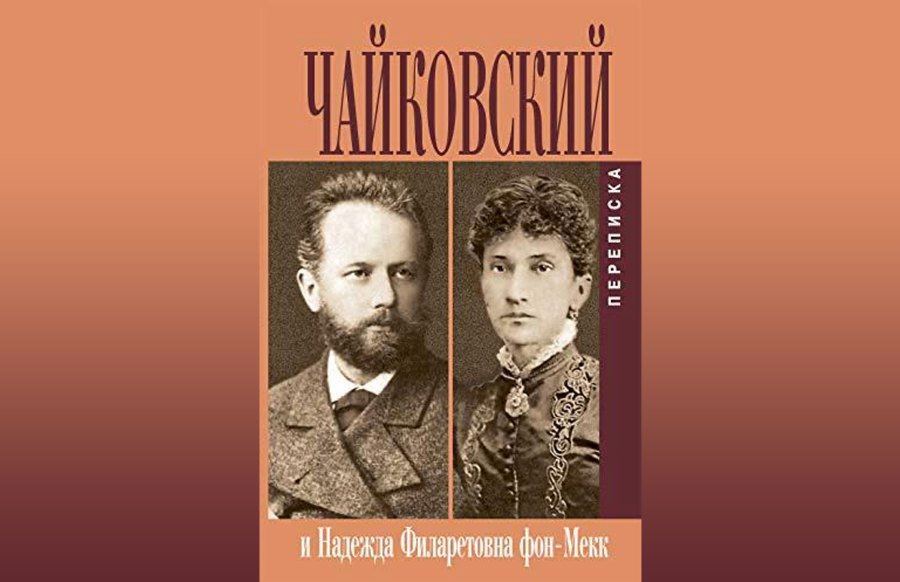CARL Munsen from Sweden, working more than seven hours a day as a gardener, found more time to write long love letters.
In six months he wrote over 600 of them, that is, about three letters a day. These letters, intended for his mistress, played a decisive role in the divorce proceedings that Munsen's wife started.
The great Russian composer, Pyotr Tchaikovsky, was also a prolific author. He wrote more than 5,000 letters to an admirer, Countess Nadezhda von Meck, in 13 years. They, however, never met.
But in terms of numbers, he is far behind the French actress, Juliette Drouet, who sent about 15,000 love notes to the writer Victor Hugo, whom she, by the way, saw almost every day.
Mountains of letters were also discovered after World War 2 in zinc boxes buried on the shores of Lake Como in Italy.
They were written to the dictator Mussolini by his mistress, Claretta Petacci. And recently, a peasant from Sudan digging a hole discovered love letters written back in the first century AD.
An unusual incident happened to a young Mexican pilot flying over US territory. His plane was caught in a cloud of debris lifted up by a hurricane, and when the pilot landed, he found someone's love letter in the engine!
The world's longest love letter is said to be in the British Museum. It was written by one of the courtiers of Queen Elizabeth I (1558-1603), Arabella Vaun Templeton, and consists of 410,000 words. Imagine that!
American actress, Marlene Dietrich, also knew a lot about love letters. "It is necessary to write letters," she used to say. And she advised: "Keep copies with you."
Letters are written much less nowadats. Nevertheless, several years ago visitors to a love letter exhibition in Frankfurt had the opportunity to acquaint themselves with contemporary epistolary art, including a love confession by 15-year-old Bill Clinton.
In the album of his 11-year-old girlfriend, he wrote: "Darling Debbie, you will always be my best girl." This note was purchased at an auction in Las Vegas. An unknown person sold it over the phone for US$5,000.
Russian writer, Vladimir Sorokin, invented a "salad" of love letters consisting of 1,500g of letters, 10 postage stamps, three apples, two medium carrots, 100g of cranberries, 30g of sugar, 20g of nut butter and salt.
His recipe? "Love letters should be chopped, put in a deep enamel bowl, sprinkled with warm water and salt, kneaded well so that the letters give juice, and put in a warm place, putting oppression on top. After two days, chop peeled apples and carrots, mix with letters, add cranberries, sugar, butter. Transfer to a ceramic bowl, shape into a hemisphere, decorating with lightly salted postage stamps."
But beware of love letters on the Internet. Some time ago, the "I Love You" virus swept through the world, penetrating millions of computers and destroying communication lines, regardless of affiliation.
Perhaps, all doors were open for messages of love. Good thing it didn't happen on Valentine's Day!
* The writer, writing from Russia, is a former lecturer at Universiti Malaya
Caption: Three volumes of letters between Pyotr Tchaikovsky and Countess Nadezhda von Meck, published in Russia. Pic courtesy of writer





